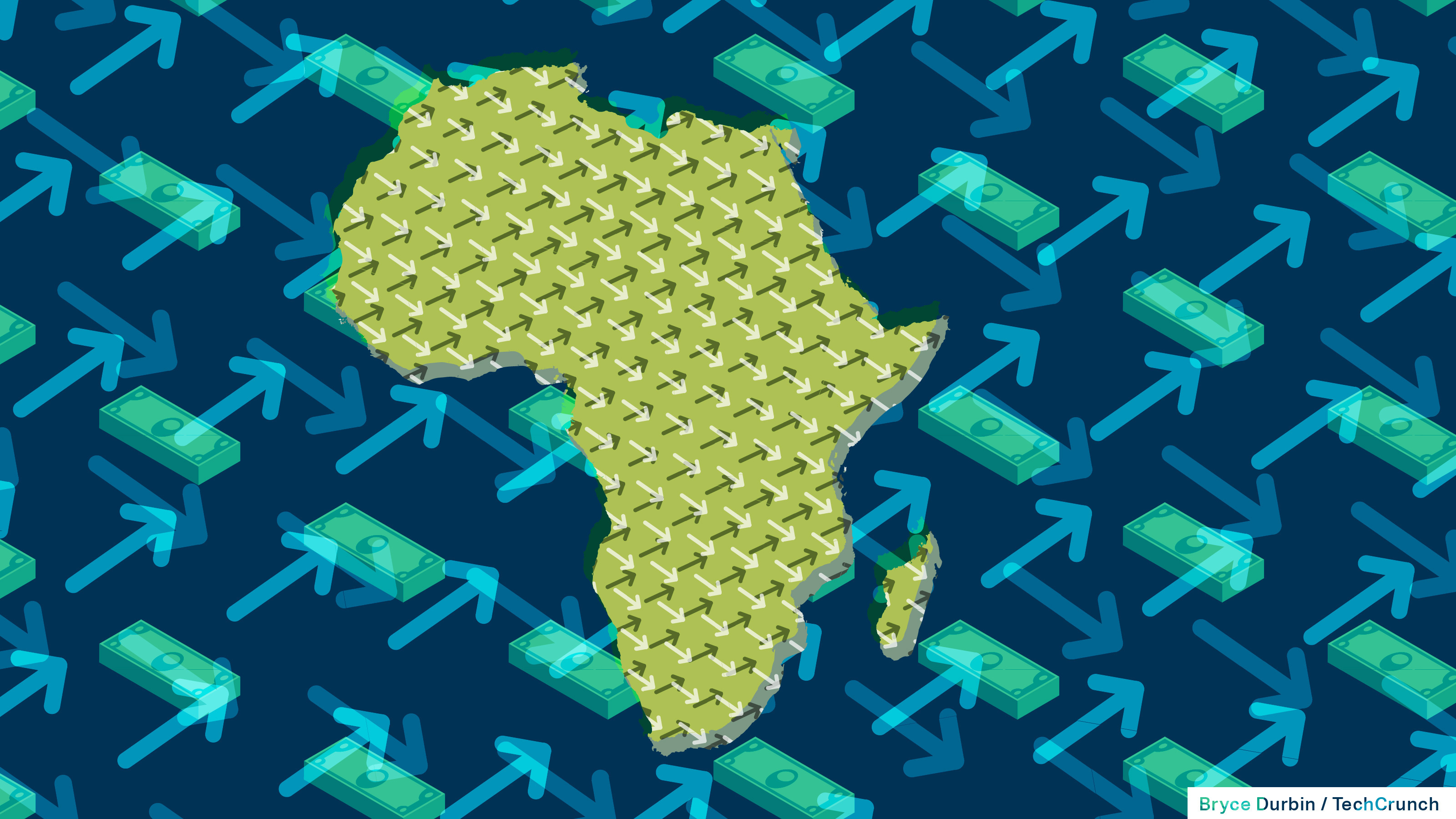Netflix lost almost a million subscribers in the last quarter, and the streaming giant expects to shed hundreds of thousands more this year.
Does that mean consumers are suffering from “subscription fatigue?”
Or are there just more options to choose from as studios set up new platforms (and withdraw their content from the big red N)?
Full TC+ articles are only available to members.
Use discount code TCPLUSROUNDUP to save 20% off a one- or two-year subscription.
“Subscriptions are not dying; they are just evolving,” says Chargebee CMO Sanjay Manchanda, who notes that more than half of all SaaS companies plan to roll out usage-based billing by next year.
To help founders capitalize on this trend, he identified some of the ways companies are evolving as they strive to copy the success of firms like Twilio, Snowflake and Frog.
“Subscriptions are not going anywhere,” says Manchanda. “They have been around since at least the 17th century for a good reason — people like them.”
Thanks very much for reading,
Walter Thompson
Editorial Manager, TC+
@yourprotagonist
How to take the BS out of your TAM

On Wednesday, October 19, I’m moderating “How to take the BS out of your TAM,” a panel at TC Disrupt in San Francisco.
Calculating a company’s prospective market share is notoriously difficult for inexperienced entrepreneurs, and getting it wrong is a red flag for investors. To help founders overcome this hurdle, I’ll talk to three VCso learn more about how to measure TAM in an era when tailwinds are turning into headwinds:
- Kara Nortman, managing partner, Upfront Ventures
- Aydin Senkut, founder and managing partner, Felicis Ventures
- Deena Shakir, partner Lux Capital
Some frank advice for open source startups seeking product-market fit

Image Credits: Sutad Watthanakul/EyeEm (opens in a new window) / Getty Images
Open source startups must seek product-market fit like other companies, but their path to market is slightly different: They must attract a critical mass of users, but they’ll also need to foster a community of developers who’ll support their product.
“In this regard, the go-to-market journey for an open source company is often less about acquiring new customers and more about conversion sales — upselling add-on paid features to existing free users,” says Arnav Sahu, an investor at Y Combinator Continuity.
“The playbook to build in the early days is identifying who is a good customer and who may not be.”
How should web3 companies approach fundraising during a downturn?

Image Credits: Stephen Swintek (opens in a new window) / Getty Images
Most web3 startups are in the same leaky boat: They haven’t reached product-market fit, hiring technical talent is difficult at best, and many of the investors who were eager to take their calls a year ago are ghosting them today.
Thirsty travelers who know where to look can still find water, however, according to Jenny Q. Ta, CEO of GalaxE.io.
In a TC+ guest post, she offers suggestions for approaching angels, accelerators and traditional VCs, along with some thoughts that may help web3 entrepreneurs level-set.
“Don’t let anxiety call the shots. This too shall pass, but don’t waste the moment.”
VCs set sights on African countries beyond the ‘Big Four’

Image Credits: Bryce Durbin
Taken together, Kenya, South Africa, Egypt and Nigeria absorb more than 70% of all African venture capital. Known as the “Big Four,” these nations collectively raised around $5 billion last year.
However, in recent months, Nairobi-based TC reporter Annie Njanja found that investors are increasingly hunting for deals elsewhere.
“Outside the Big Four, investments ballooned to $1.4 billion, up 382% year on year.”
Serena Williams’ next act in venture capital is essential in this moment

Image Credits: ADAM DAVY / Contributor / Getty Images
Since founding Serena Ventures in 2014, tennis champion Serena Williams has invested in companies like Impossible Foods, Daily Harvest, Billie and MasterClass.
All told, she’s invested in nearly 80 companies, including 16 unicorns, reports Dominic-Madori Davis. And in just a few weeks, she’ll retire from tennis.
“She knows her balancing act and has mastered the art of what it takes to win and lose — essential skills for running an early stage venture fund.”










